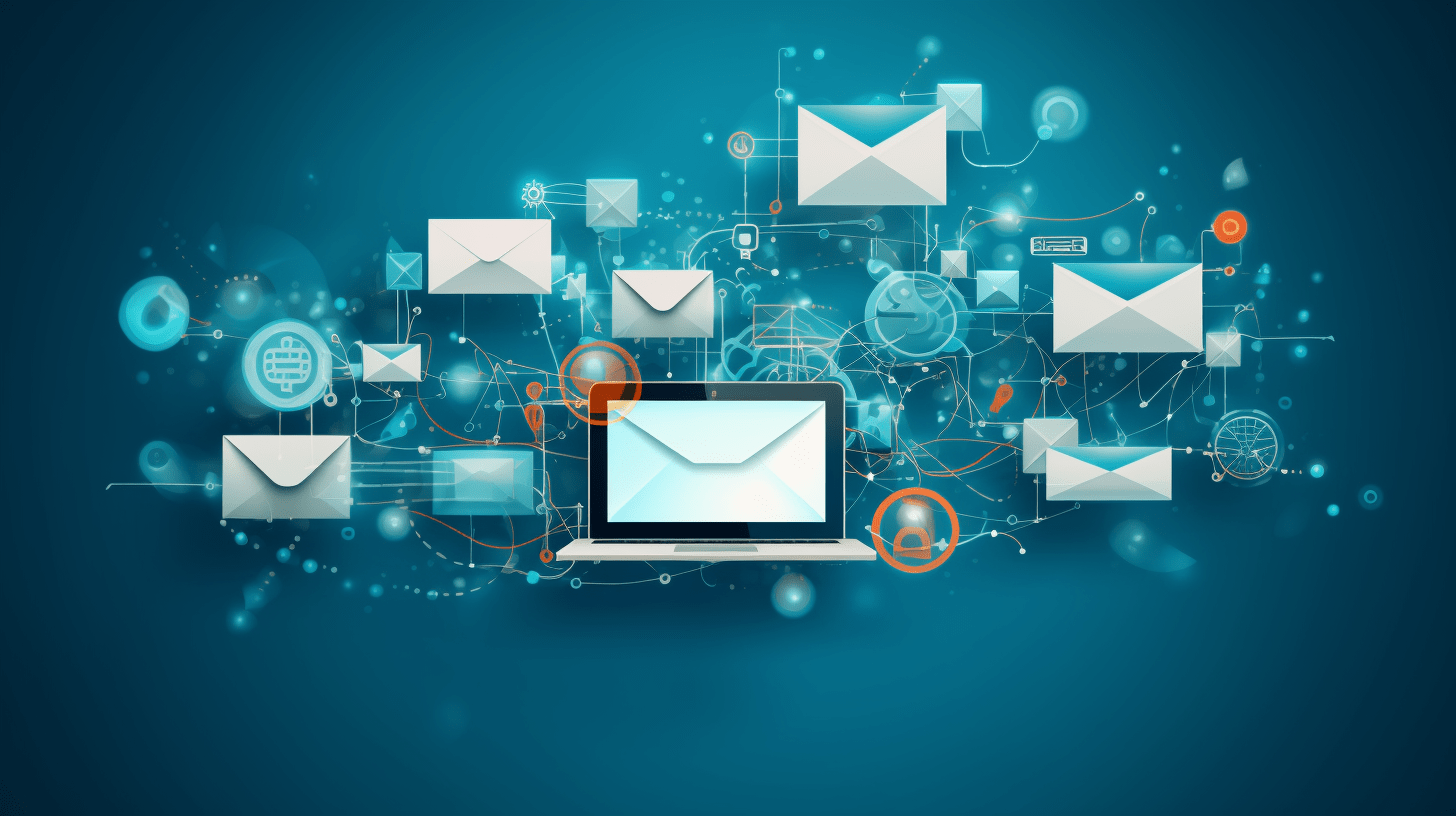Email automation is a powerful tool for ecommerce businesses, allowing you to deliver timely and personalized messages to your customers at scale. By automating key email workflows, you can engage customers, drive sales, nurture relationships, and ultimately boost your ecommerce success. In this article, we will explore effective strategies for ecommerce email automation.
1. Welcome Emails: Start building a relationship with your customers from the moment they subscribe or create an account. Send a personalized welcome email to new subscribers or customers, thanking them for joining and providing valuable information about your brand, products, and services. Use this opportunity to showcase your unique selling points, offer a discount or special incentive, and encourage customers to explore your website further.
2. Abandoned Cart Reminders: Cart abandonment is a common challenge in ecommerce. Set up automated email reminders to gently nudge customers who have added items to their cart but haven’t completed the purchase. Include compelling product images, a clear call to action, and a sense of urgency to encourage them to return and complete the checkout process. Consider offering incentives, such as discounts or free shipping, to entice customers back and reduce cart abandonment rates.
3. Personalized Product Recommendations: Leverage customer data and purchase history to deliver personalized product recommendations via automated emails. Tailor recommendations based on customers’ previous purchases, browsing behavior, or demographic information. Highlight related or complementary products that may interest them, and include social proof, such as customer reviews or ratings, to increase the likelihood of conversion. Personalized product recommendation emails can significantly enhance the customer experience and drive repeat purchases.
4. Post-Purchase Follow-ups: Automate post-purchase follow-up emails to thank customers for their purchase, confirm order details, and provide important information, such as shipment tracking numbers or delivery estimates. This email presents an opportunity to engage customers further by inviting them to leave a review, join a loyalty program, or explore related products. Show appreciation for their business and offer exceptional customer support to encourage long-term loyalty.
5. Re-Engagement Campaigns: Win back inactive or dormant customers through automated re-engagement campaigns. Identify customers who haven’t made a purchase or engaged with your brand for a certain period and send targeted emails to rekindle their interest. Offer personalized incentives, such as exclusive discounts or limited-time promotions, to encourage them to return and make a purchase. Segment your email list based on customer activity and tailor your re-engagement messages accordingly.
6. Customer Feedback and Surveys: Automate emails to gather customer feedback, ratings, and reviews. Send post-purchase surveys to gather insights about customer satisfaction, product preferences, or suggestions for improvement. Use this feedback to enhance your products, optimize your customer experience, and strengthen customer relationships. Implementing a feedback loop demonstrates your commitment to customer satisfaction and provides valuable insights for business growth.
When implementing email automation, consider factors such as email design, personalization, timing, and segmentation. Test and optimize your email workflows based on engagement metrics, conversion rates, and customer feedback to continuously improve your email automation strategies.
In conclusion, email automation is a valuable tool for engaging customers, driving sales, and nurturing relationships in ecommerce. By implementing effective automation strategies such as welcome emails, abandoned cart reminders, personalized product recommendations, post-purchase follow-ups, re-engagement campaigns, and customer feedback workflows, you can save time, deliver targeted messages, and maximize the impact of your email marketing efforts. Regularly monitor performance metrics and adapt your email automation strategies to meet changing customer needs and preferences.
